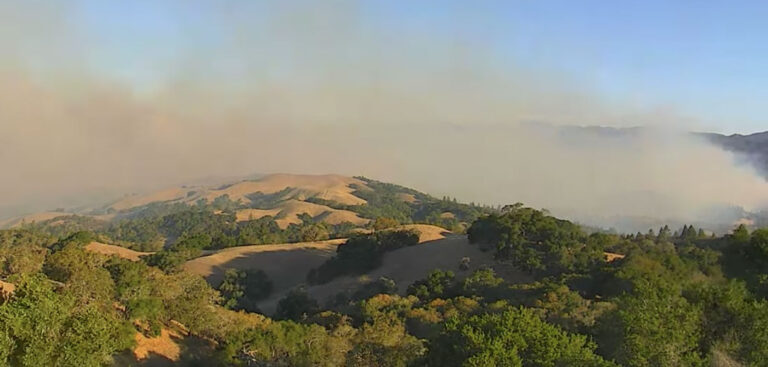A network of cameras developed in collaboration with California University has proved a valuable tool in dealing with the state’s growing problem of wildfires.
The ALERTWildfire system co-developed by researchers at the university’s San Diego campus now has more than 300 wildfire-spotting cameras deployed in the field.
The cameras have been rapidly adopted by fire departments with Ben Nicholls, a California Department of Forestry and Fire Protection (CALFIRE) division chief in Sonoma County, recently telling the New York Times that each one of the cameras is “worth its weight in gold”.
Sonoma County was recently hit by a devastating fire that destroyed nearly 80,000 acres in late October. This follows on from an even more devastating wildfire last year that killed 85 people and destroyed nearly 19,000 structures in Butte County.
With large-scale wildfires appearing to be the new normal in California, the researchers are hoping to grow the ALERTWildfire network to 1,000 stations within the next two years.
The ALERTWildfire system, which started life as an observational network for monitoring seismic activity developed by the University of Nevada, gives fire officials the ability to take control of cameras in the network to track nascent fires.
In the case of the recent fire in Sonoma County, it meant that CALFIRE officials were monitoring the fire within 11 minutes of its first ignition. They were able to combine that information with humidity and wind data to order immediate evacuations.
“We’re saving lives. That’s the number one thing,” said Neal Driscoll, a geoscientist at California’s Scripps Institution of Oceanography, which co-developed the camera network. “The situational awareness allows first responders to scale resources and make important decisions in a timely fashion.”



